Welcome to the Game Mode Development Log!
In this post, we’ll be focusing on some of the important changes made to the game mechanics and visuals, with a particular emphasis on scoring, timer adjustments, animations, and the visual updates for various gameplay modes. Let’s dive into the latest updates!
Scoring Adjustments and UI Considerations
As we aim for a balanced and rewarding gameplay experience, the team has discussed how to adjust the scoring system for the Kick Off and other modes. The goal is for players to consistently score around 1000 points per round. To do this, we’ll base the points on average scoring times, dividing 1000 by the average completion time to determine the points awarded. This ensures the game remains fair and achievable for all players.
When it comes to the user interface (UI), it was decided that we don’t need a complex scoring display across all modes. For modes like Kick Off, Tackle, and Scrum, simpler text-based point indicators will be used. The Scrum mode, for example, will feature a progressive bar to display progress, while the other modes will rely on more straightforward point tracking to maintain clarity.
Timer and Gameplay Adjustments
A significant challenge has been determining the best approach to time limits in certain modes, like the Tackle mode, where the timer complicates the gameplay due to the unpredictability of how long it takes to finish a round. After discussing this with the team, a hybrid approach was proposed: keeping the 30-second timer, but if it runs out, the player with the most progress wins. Alternatively, a completely progress-based system could be used, though this would run the risk of stretching the gameplay if both players are closely matched.
One potential solution is using a “soft timer.” This approach would add visual or audio cues that build tension without enforcing a strict time limit. It creates urgency while still allowing the game to end when one player wins, ensuring the experience doesn’t feel rushed or forced.
Additionally, there’s an ongoing discussion about extending the Tackle mode pitch to make it take around a minute for players to cross from one end to the other, giving them more time to make decisions and strategise.
Animation and Transition Tweaks
Animations have been an essential focus in the past few days. For the Kick Off mode, the system was updated so that when the player selects the power for the kick, it triggers the corresponding animation. By using a trigger system, the kick transitions from idle to the kicking animation and back to idle once the kick is executed. This animation flow is controlled via a parameter, ensuring that everything is seamless.
The system for transitioning between animations works well, but there’s still a small issue with the Kick Off manager not properly inheriting the animator class. Once that’s addressed, the character’s animation state should switch smoothly.
Particle Effects and Visual Updates
A major visual update coming to Scrum mode is the addition of particle effects to enhance the intensity of the gameplay. The plan is to create a “cartoon fighting cloud” effect that will appear when players engage in the scrum. While particle effects are outside the usual scope of the development team, they add a fun and energetic touch to the game. The team is experimenting with different effects to make sure they feel both fitting and exciting.
In terms of visual feedback for the Kick Off mode, a line renderer will be used to visualise the trajectory of the ball after it’s kicked. This allows for a dynamic visual representation, giving players a clear idea of where the ball is headed. The team also discussed using an actual arrow to represent the trajectory, inspired by the style seen in FIFA. This small change will help make the gameplay feel more polished.
Stadium Modular Design
As we continue to improve the Stadium, there has been discussion around making the long sections of the stadium modular. This would allow the team to duplicate parts of the stadium to create a larger, more dynamic field without the textures stretching in an unrealistic way. The idea is that by adjusting the camera perspective, the modularity will not be noticeable from a distance. This is something that’s being actively worked on, and we expect this to add more flexibility to the design.
What’s Next?
There’s a lot of exciting progress being made as we continue to refine the mechanics and visuals. As we continue to work on animations, particle effects, scoring systems, and more, we’re getting closer to delivering an exciting and polished gameplay experience. Stay tuned for more updates as we wrap up these features and prepare for the next phase of development!


